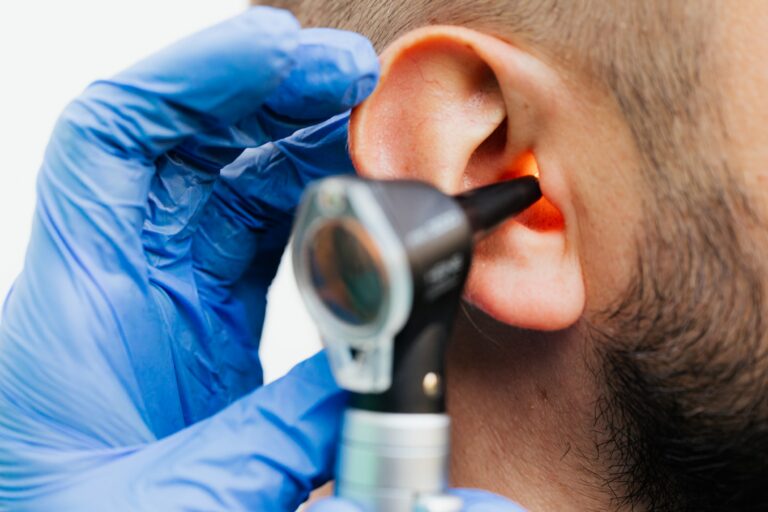
What Is Science Doing About Hearing Loss?
Thanks to advances in technology and medicine like artificial intelligence and gene therapy, hearing research is producing significant innovations. AARP’s recent article entitled “Three Game-Changing Innovations for Those With Hearing Loss” looks at a couple of them, in various stages of development.
- Eyeglasses That Turn Speech into Subtitles. With these, you’ll be able to read what people are saying. An app on your smartphone would listen to a conversation and transcribe the speech into sentences in real time. The text would be sent instantaneously to your enhanced eyeglasses, which would create subtitles. Vuzix, a tech company, recently released smart glasses that work with transcription software. Automatic speech-to-text programs have proliferated in recent years, and live computer-generated captions are now available on most videoconferencing platforms. Smartphone apps can also generate real-time transcriptions for in-person conversations. However, the issue is that users have to be in front of a PC or looking at a phone, which detracts from full social engagement. However, companies are making subtitles more natural, by using “smart glasses” technology, which can project text to a user’s field of vision in a comfortable, nonintrusive way. We may see this in a few years.
- An App That Lets You Hear Someone in a Crowded Room. This technology can isolate a person’s speech in a noisy environment, which would solve what scientists call the “cocktail party problem.” An app would “listen” to the soundscape surrounding you and separate out different streams of sound, including voices, ambient music and other background noise. It would then isolate the sound you want to hear based on the direction you’re facing — and reduce everything else. The cleaned-up sound would then be delivered straight to your ear through your hearing aid, cochlear implant, or earbuds. Powerful de-noising programs look to be available on hearing technology within five years.
- Drug Therapy That Regrows Cells That Help Your Hearing. Your body would repair damage to your inner ear — like when a salamander regrows his tail. A drug delivered into your inner ear would turn on chemical switches to regrow the cells responsible for hearing and most hearing loss. Those born with hearing loss or those who lose hearing later in life would get injections to restore some or all of their hearing. This hair cell regeneration would be ideal for anyone who’s lost hearing because of missing or damaged hair cells. However, this isn’t anticipated to be available very soon. Some hair cell regrowth therapies using different methods are currently in human clinical trials. There are trials being conducted at Novartis, Eli Lilly, Frequency Therapeutics, and Pipeline Therapeutics. However, most of this work is still being tested in the lab.
Reference: AARP (August 2, 2021) “Three Game-Changing Innovations for Those With Hearing Loss”



